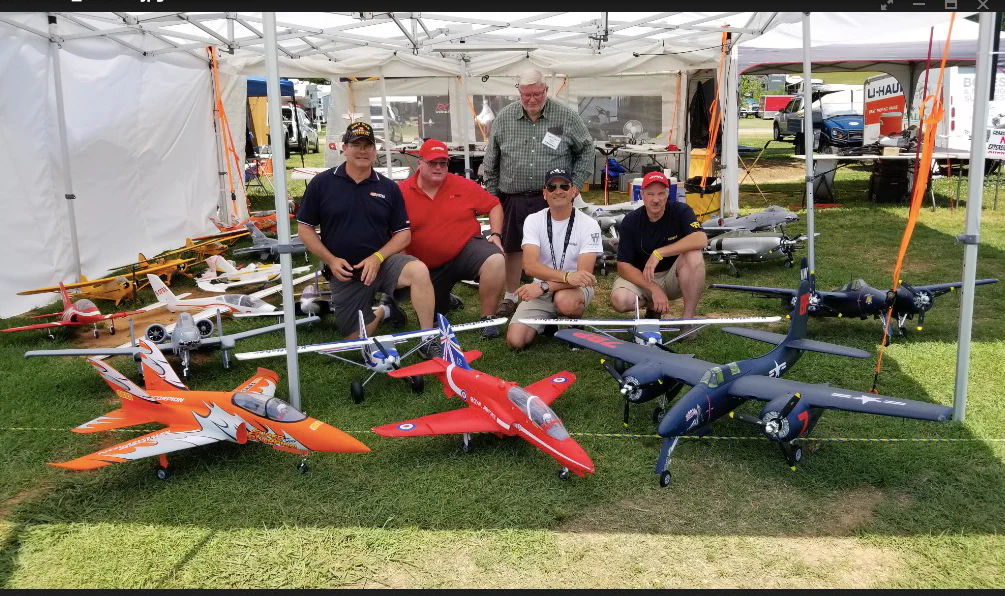The Ultimate Guide to Building Your First Large RC Plane: Tips and Tricks for Beginners
Body
Building large RC planes can be an exhilarating hobby that combines creativity, engineering, and a passion for aviation. Whether you are a novice or have some experience, understanding the intricacies of constructing these impressive models is essential for a successful flight experience.

Understanding Large RC Planes
Large RC planes are typically defined as models with a wingspan exceeding 60 inches. These aircraft offer enhanced stability and performance, making them ideal for both beginners and seasoned pilots. But why should you consider building one? The answer lies in the rewarding experience of crafting something from scratch and the joy of seeing it soar through the skies.
Choosing the Right Kit
When embarking on your journey to build large RC planes, selecting the right kit is crucial. Here are some factors to consider:
- Skill Level: Choose a kit that matches your experience. Beginners may prefer simpler designs.
- Material: Common materials include balsa wood, foam, and composite. Each has its advantages and disadvantages.
- Type of Plane: Decide whether you want a glider, trainer, or aerobatic plane, as each serves different purposes.
Essential Tools and Materials
Before you start building, ensure you have the necessary tools and materials. Some essentials include:
- Cutting tools (e.g., hobby knife, scissors)
- Adhesives (e.g., CA glue, epoxy)
- Measuring tools (e.g., ruler, calipers)
- Paint and finishing materials
Building Techniques for Large RC Planes
Once you have your kit and tools ready, it’s time to dive into the construction process. Here are some techniques to keep in mind:
- Follow Instructions: Each kit comes with a manual. Adhering to these guidelines will ensure a smoother build.
- Test Fit Parts: Before gluing, test fit all components to ensure they align correctly.
- Weight Distribution: Proper weight distribution is vital for flight stability. Ensure that the center of gravity is correctly positioned.
Final Touches and Testing
After assembling your large RC plane, it’s time for the final touches. Painting and detailing can enhance the aesthetic appeal of your model. Once completed, conduct a thorough pre-flight check. This includes inspecting the control surfaces, battery connections, and overall structural integrity.
Are you ready for your first flight? If conditions permit, find a spacious area and perform a test flight. Start with gentle maneuvers to gauge the plane's responsiveness.
Resources for Enthusiasts
For those interested in exploring more about large RC planes, consider visiting  . This resource offers a wealth of information, kits, and accessories to enhance your building experience.
. This resource offers a wealth of information, kits, and accessories to enhance your building experience.
In conclusion, building large rc planes is not just a hobby; it’s an adventure that fosters creativity and technical skills. By following the tips and tricks outlined in this guide, you can embark on a fulfilling journey in the world of remote-controlled aviation.








Comments